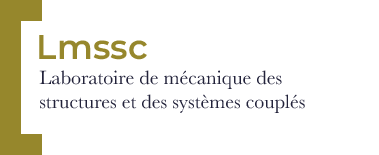Over the last few years, a data fusion solution has been developed, that integrates information from multi-modality sensors (acoustic, optical) to detect, identify, locate and track a drone entering on an area to be protected. To date, this approach exploits the information transmitted by acoustic sensors, which enable initial detection. Each individual microphone array has an embedded deep neural network that analyses the incoming sound data in real-time and estimates whether a drone is present, its type, and its direction of arrival every 20 milliseconds. The presence of several microphone arrays in the area enables the position of the potential threat to be estimated. The estimated position is then transmitted to a camera mounted on a motorized stand, which then confirms the actual presence of a drone thanks to an on-board A.I. and starts tracking the object.
The present paper describes the results obtained with the acoustic sensors during the final measurement campaign of the presented study. Five acoustic sensors were deployed. The fusion computer estimated the drone's position every 200 milliseconds. The drone's estimated position has been compared with the ground truth data recorded using an RTK-GPS carried on-board the drones during the flight.
Overt the 14 flights for which RTK-GPS data were available, for a total duration of 95 minutes and 29 seconds, the median radial error in estimating the UAV's position averaged 10.7 meters, with a mean standard deviation of 15 meters. These data cover the full range of flight scenarios, including longdistance and high-speed UAVs. UAV recognition rates based on acoustic data fusion alone are 99.2% and 95.8% respectively for DJI S1000 and Phantom flights. Future solutions for enhanced detection range and handling of multiple drone intrusions are introduced.

